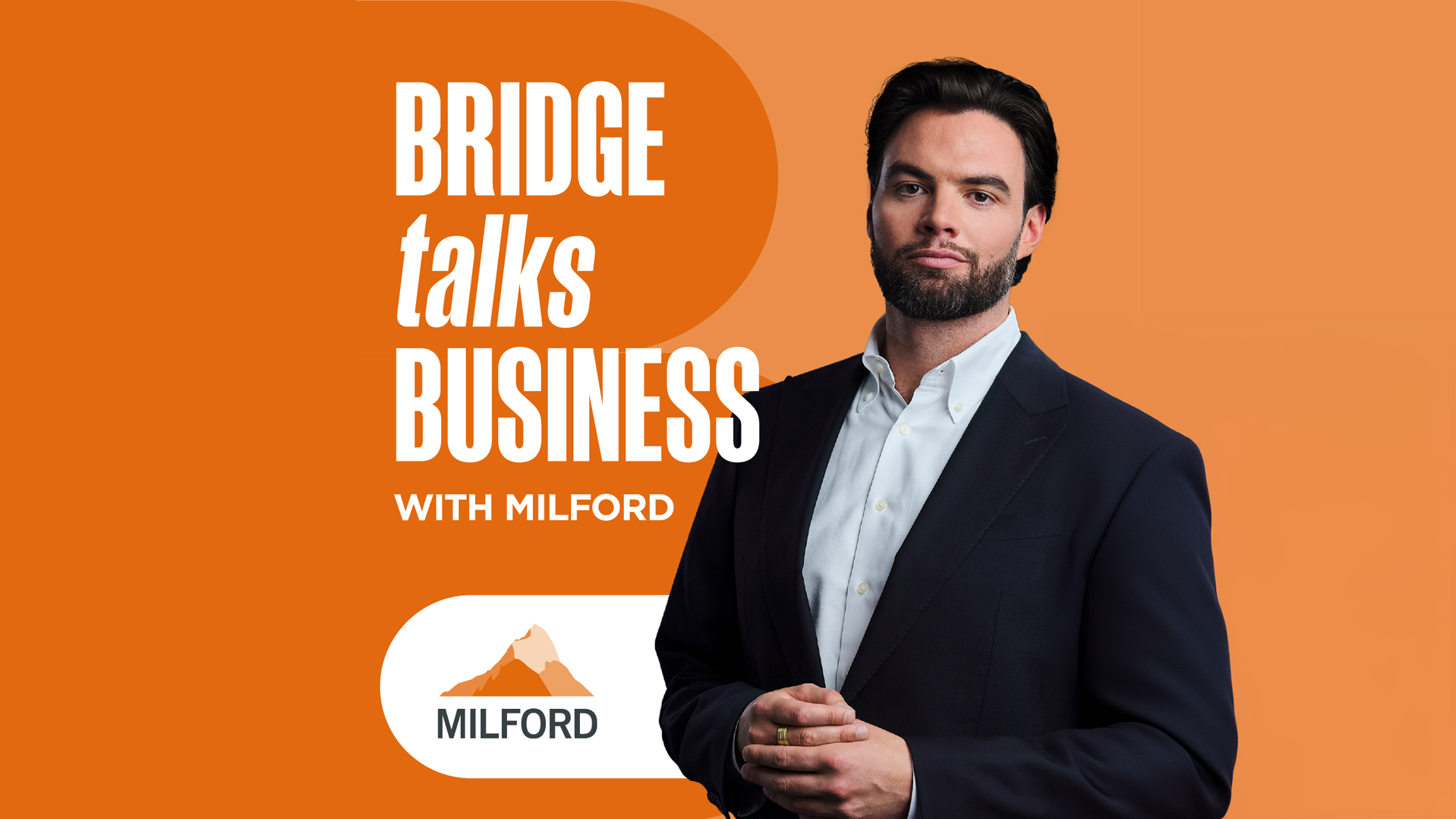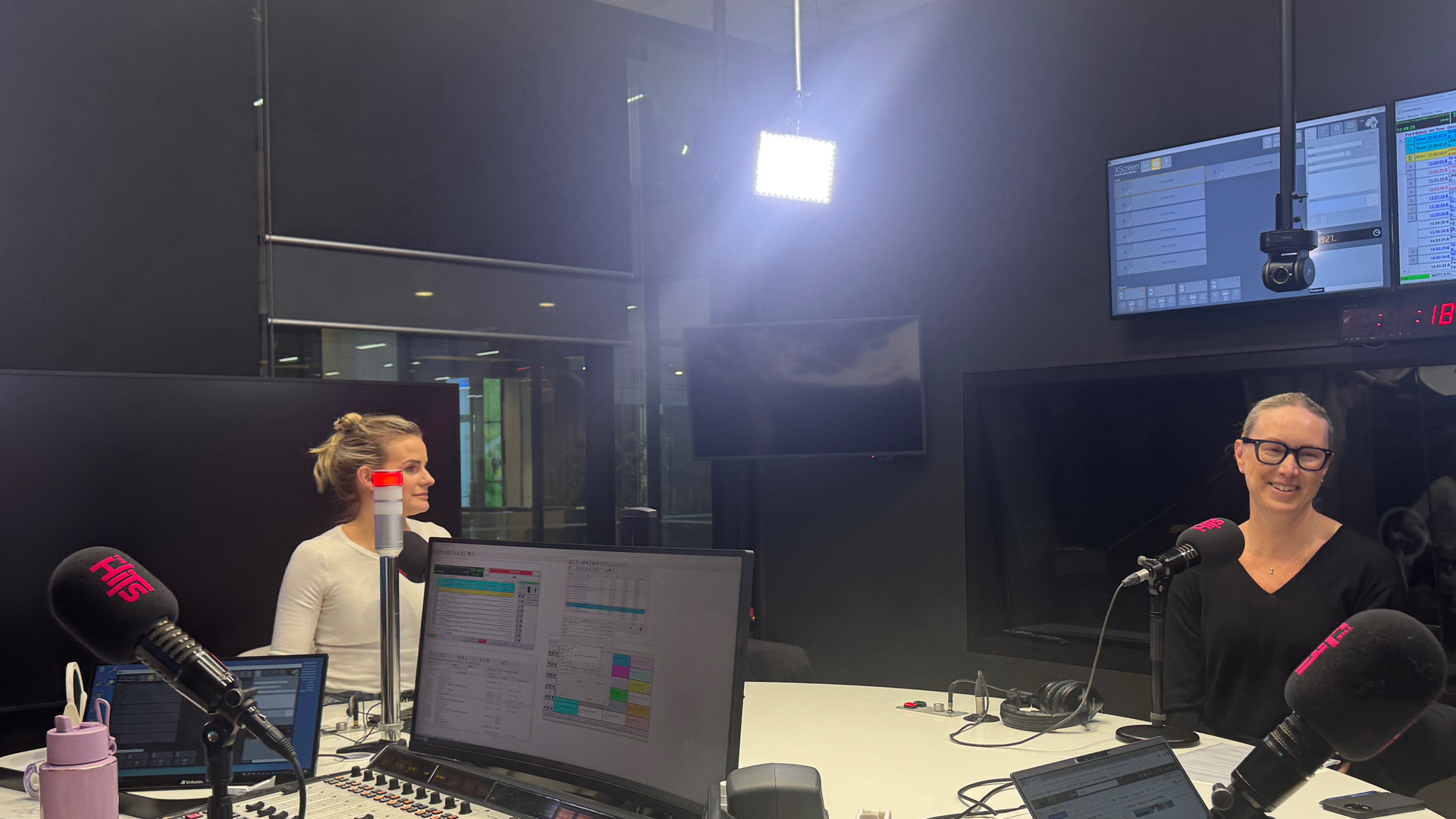With consumer spending accounting for ~70% of US GDP, it’s not surprising the share market has been intensely focused on trying to gauge the health of the US consumer. For most of the year, headlines have largely been ‘doom and gloom’, citing inflation at the highest level since the early 1980s, rising interest rates, a falling housing market and plunging consumer sentiment.
While uncertainty remains, some glimmers of hope have recently emerged, helping to moderate fears of a recession which has contributed to the rally in markets.
Economic datapoints
The Consumer Price Index, a measure of inflation, rose 8.5% year-on-year in July. This was below market expectations of 8.7% and less than the 9.1% seen in June. While the absolute level of inflation remains high, it was the most encouraging CPI print for some time and the market took comfort that inflation was, at the very least, moving in the right direction. Similarly, the Producer Price Index, a measure of inflation for producers further up the supply chain (which partly flows down to consumers), was up 9.8% year-on-year in July, which was less than the 11.3% seen the month prior in June.
The lower inflation readings are partly due to the fall in global energy prices, with the oil price back to levels seen prior to Russia invading Ukraine. This has resulted in prices at the pump falling more than 20%, from over US$5 per gallon in mid-June, to under US$4 per gallon currently. Again, while still up 24% from a year ago, the trend is moving in the right direction.
This easing of gas prices gave consumers more money in their pockets for spending on other goods in July, including furniture, electronics and appliances, as well as building materials and garden equipment. Nine out of the thirteen retail categories showed increases in sales in July and while overall retail sales were broadly flat from June, core retail sales excluding gas and auto sales were up +0.7% month-on-month versus expectations of +0.4%.
Lastly, the University of Michigan’s consumer sentiment index picked up to 55.1 in August after hitting 50.0 in June, the lowest reading on record, dating back to the late 1970’s.
The improving trends around inflation, retail sales, and consumer sentiment, combined with a consistently strong labour market, have helped to assuage fears around the health of the US consumer. While economic datapoints provide a helpful insight, it’s also useful to cross-check what US companies are seeing on-the-ground.
US earnings season
As the second quarter US reporting season draws to a close, several large retailers have recently reported results.
Walmart, the world’s largest retailer posted better than expected results, benefitting from an influx of middle- and high-income consumers as they hunt for value. The more budget shopper is also trading down via buying less deli meat, more hot dogs and canned tuna and chicken, and opting for private label over branded goods. “We finished the quarter on a strong note,” said Walmart’s new CFO. Traffic to stores picked up in July and August, and the back-to-school season was “off to a solid start”.
Despite seeing a 90% drop in operating profit as a result of clearing excess inventory, rival Target also saw healthy topline sales driven by strong traffic growth. The company highlighted that consumers still have spending power, although their purchasing patterns have shifted toward more essential goods as inflationary pressures impact wallets.
Consumer giants Coca Cola, McDonald’s and Unilever all called out that their products are still selling, even at prices 9-12% higher.
Home improvement retailer Home Depot said that project backlogs were still healthy despite the weaker housing market and that, unlike Walmart and Target, customers weren’t yet trading down to less expensive items despite inflation. They noted that spending on home improvement has accelerated from mid-July through to August.
Competitor Lowe’s was more mixed, with lower DIY demand offset by strong growth among professional contractors. Still, the company said that despite slower sales in select discretionary categories like patios and grills, “the DIY customer remains resilient” and they’re also not seeing indications of material trade down.
At the high end, luxury retailers continue to see strong demand. LVMH has seen no tangible signs of slowing down in the US, and are “not particularly gloomy” about the outlook. Despite putting prices up between 3% and 8% across its brands, they haven’t seen any pushback from customers.
Taken together, the results have somewhat helped to alleviate widespread recession fears. They indicate that while consumers are more price-conscious and are redirecting their spending to more essential items, overall demand remains resilient for now and consumers continue to spend.
However, with inflation still elevated, the Fed continues to walk the tightrope of trying to lower inflation through higher interest rates, without tipping the economy into a recession. We’re not out of the woods yet, but these recent economic data points and company results have, at the very least, provided the glimmer of hope that markets needed to rally.


